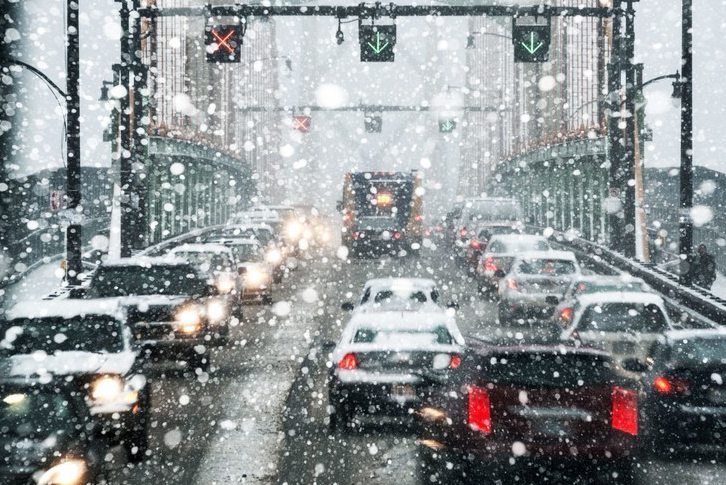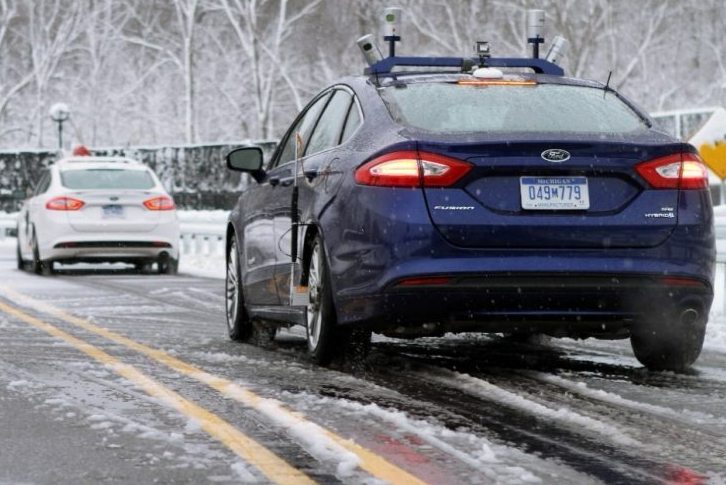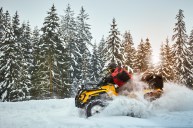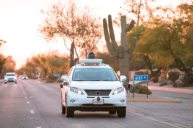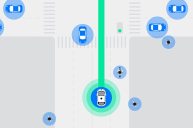Black ice. Packed powder. Slippery slush. The joys of winter weather are a struggle for drivers as it is, so what happens when a self-driving car gets added into the mix?
That's the question at hand—how are self-driving cars supposed to navigate unpredictable, harsh winter driving when humans barely know how to stop and go in such conditions?
There's only one way to find out—throw them into the ring.
In Michigan, one of the snowiest parts of the U.S., Waymo is testing out autonomous driving. So far, self-driving models have only been tested in near-perfect climates such as Arizona and California. But none have really tackled the true winter experience—snow and ice.
Waymo's CEO, John Krafcik, comments, "For human drivers, the mix of winter conditions can affect how well you can see, and the way your vehicle handles the road. The same is true for self-driving cars. At Waymo, our ultimate goal is for our fully self-driving cars to operate safely and smoothly in all kinds of environments."
One fresh coat of snow can completely cover lane markers and signs, two of the most important elements that autonomous cars rely heavily on to navigate.
Not only that, but the cameras and lasers that autonomous cars utilize can mistake falling snow for objects, causing the vehicle to brake suddenly, or misperceive snow banks and drifts.
And what about black ice? AKA one of the most dangerous aspects of winter driving? Drivers have a hard enough time determining where black ice—or any ice for that matter—lurks. How would autonomous vehicles be able to distinguish it?
In some cases, self-driving cars' navigation systems and internal maps already possess the capability to determine where certain markings and signs are without needing to physically visualize it.
One manufacturer that is supposedly ahead of this learning curve is Ford.
Ford was reportedly testing self-driving cars in snowy conditions nearly two years ago, when it was stated that they are working on creating highly detailed 3D maps for its autonomous vehicles.
These special maps will contain the exact positions for curbs, lane lines, trees, and signs, and even boast local speed limits. In other words, snow and other elements wouldn't hinder the car's ability to get around.
There's no doubt that these types of maps would be helpful, but how would you factor in human error of surrounding vehicles—not to mention Mother Nature error?
Of course, we're still in the very early stages of autonomous driving. But if self-driving cars can learn how to master winter's elements, they have my vote.
This post was originally published on December 31, 2017.
NEXT: PRODUCTION VERSION OF VOLKSWAGEN ID CROZZ CONCEPT EXPECTED TO DEBUT IN 2020
WATCH
